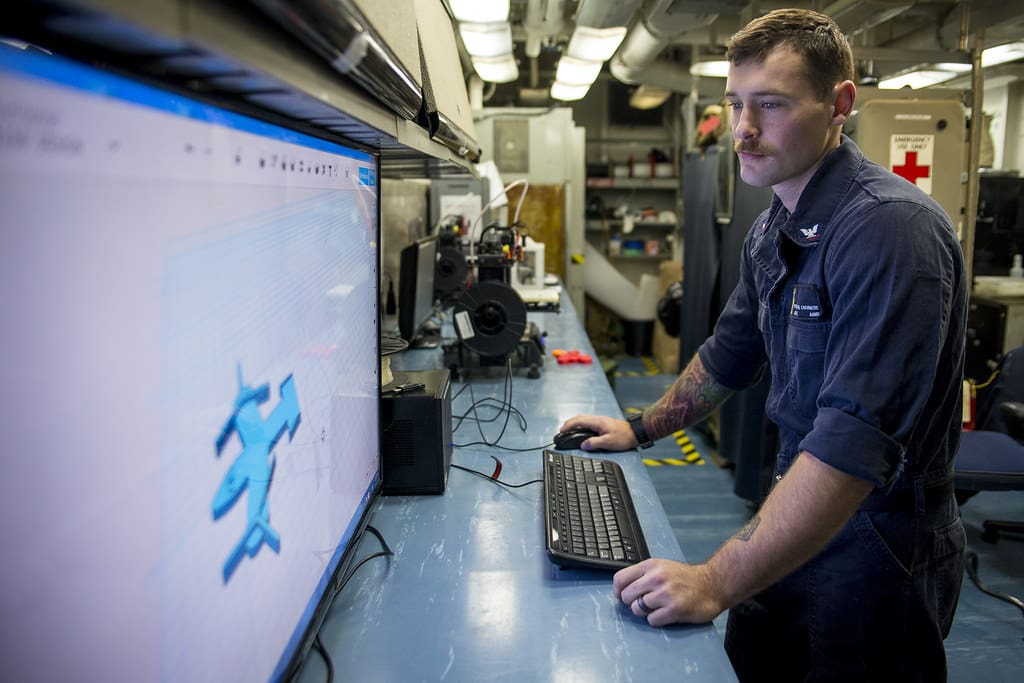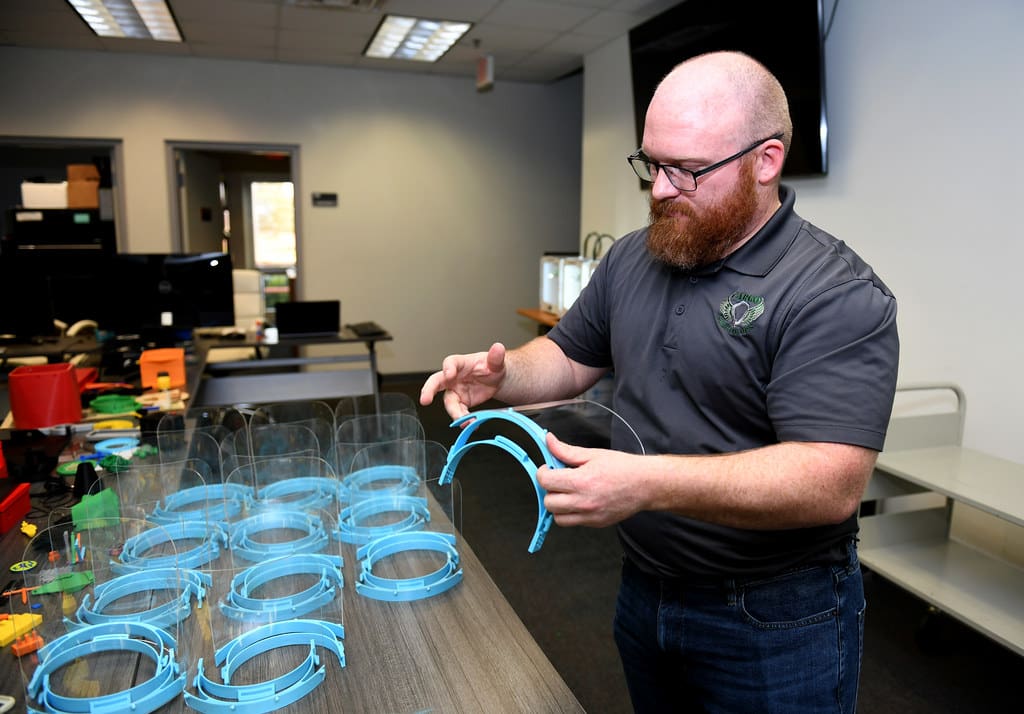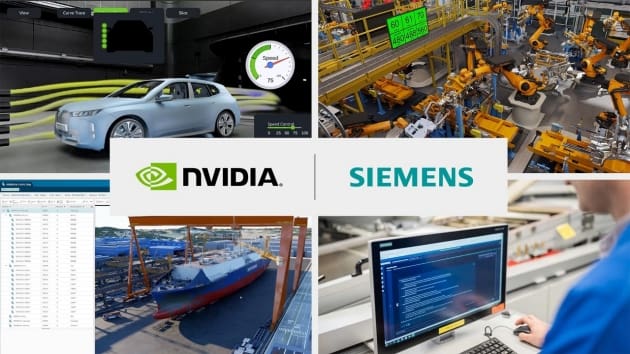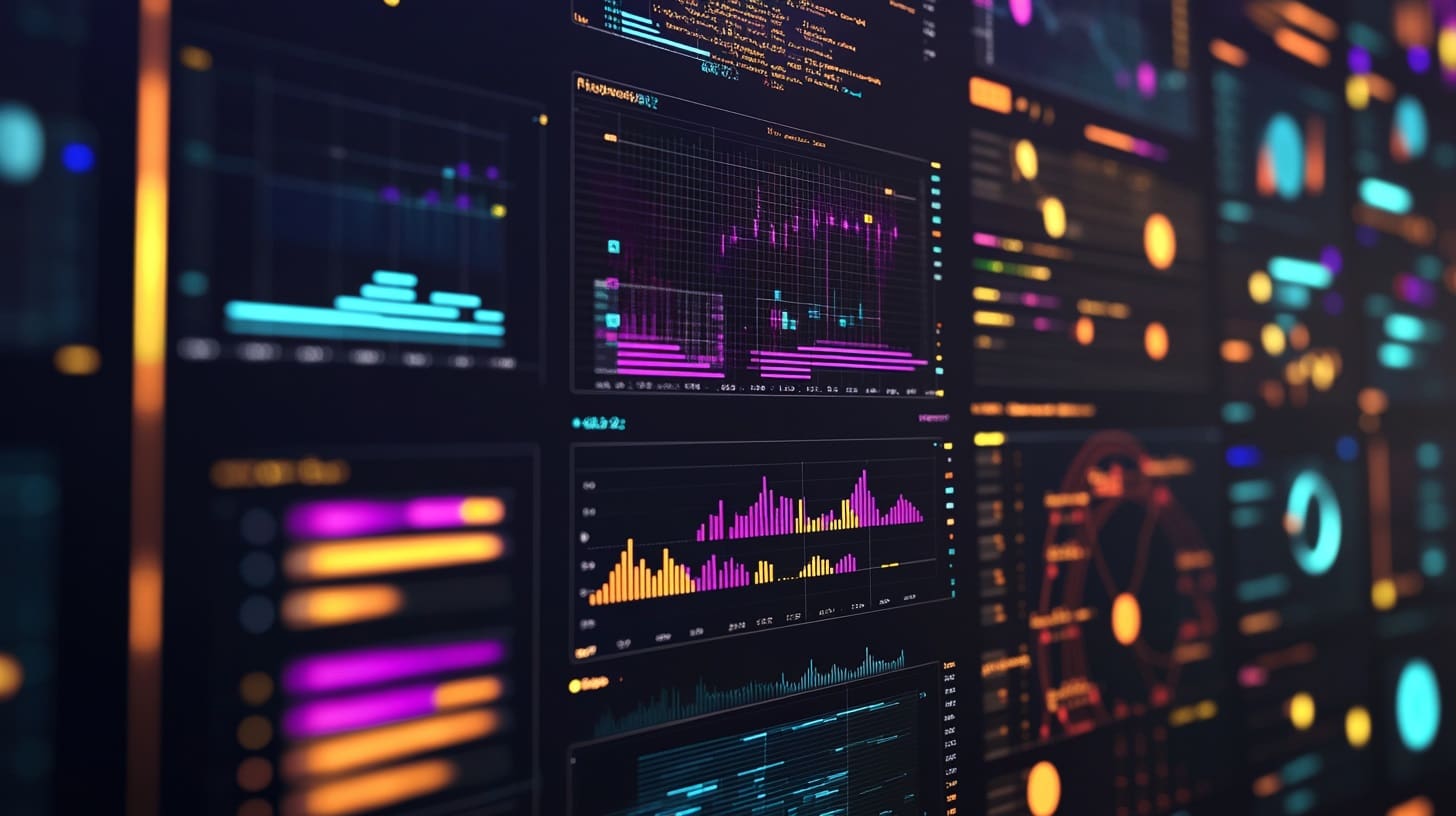Naval architecture encompasses the design, construction, and maintenance of marine vessels and structures. With the advent of 3D printing technology, also known as additive manufacturing, the field of naval architecture is witnessing transformative changes, enabling more efficient, innovative, and customized shipbuilding processes. This technology allows for the production of complex marine components with enhanced precision and at potentially lower costs, significantly impacting how ships and other maritime structures are designed and built.
The Emergence of 3D Printing in Naval Architecture
3D printing was initially utilized in naval architecture for creating scale models and components for prototyping. However, advancements in the technology have expanded its applications to include the manufacturing of functional parts used in actual vessels. Today, 3D printing is employed to produce everything from small fittings and fixtures to large structural components of ships, offering significant benefits in terms of design flexibility, waste reduction, and production speed.

Advantages of 3D Printing in Naval Architecture
Complexity and Customization: 3D printing allows naval architects to design and manufacture parts with complex geometries that would be difficult or impossible to create using traditional methods. This capability facilitates the customization of components tailored to specific vessel requirements, enhancing functionality and performance.
Reduced Lead Times and Costs: Additive manufacturing can significantly reduce the time and cost associated with producing marine parts. By printing components directly from digital files, the need for multiple manufacturing processes and tools is minimized, streamlining production and reducing overhead costs.
Material Efficiency and Sustainability: 3D printing contributes to sustainability by minimizing material waste through precise material application and enabling the use of recycled materials. This aspect is particularly crucial in shipbuilding, where large quantities of materials are traditionally used.
Improved Performance and Innovation: The ability to experiment with new materials and composite structures can lead to improvements in the strength, durability, and weight of marine components. Lighter and stronger materials contribute to more efficient and less energy-intensive vessels.
On-Demand Manufacturing: 3D printing facilitates on-demand production of parts, even in remote locations. This is especially beneficial for ships on long voyages, as it allows for the on-site manufacturing of replacement parts, reducing downtime and logistic challenges associated with spare part storage and transport.
Key Applications of 3D Printing in Naval Architecture
Propellers and Pumps: Custom-designed propellers and complex pump systems can be manufactured to optimize performance and fuel efficiency. 3D printed designs allow for the integration of intricate features that improve hydrodynamic efficiency.
Interior Components: Furnishings and fixtures within ships can be customized to maximize space utilization and comfort, which is particularly valuable in cruise ships and luxury yachts.
Structural Components: Hull sections, bulkheads, and other structural components can be printed with tailored materials that provide enhanced strength and corrosion resistance.
Repair and Maintenance: 3D printing offers a rapid response solution for the repair of damaged components or the replacement of worn parts, significantly reducing maintenance times and costs.
Prototyping New Designs: The technology enables quick prototyping of new vessel designs, allowing for extensive testing and refinement before full-scale production begins.

Challenges in 3D Printing for Naval Architecture
Material Limitations: The marine environment demands materials that are exceptionally durable, corrosion-resistant, and able to withstand extreme pressures and temperatures. Developing 3D printing materials that meet these stringent requirements is ongoing.
Scale Limitations: While 3D printing technology is progressing rapidly, the ability to print large ship components in a single piece remains limited. Overcoming this challenge requires further technological advances in large-scale additive manufacturing.
Regulatory and Safety Standards: Ensuring that 3D printed ships and components comply with international safety and regulatory standards is crucial. The maritime industry is heavily regulated, and each new component must undergo rigorous testing and certification.
Technical Expertise: Integrating 3D printing into traditional shipbuilding processes requires specialized knowledge and skills. Training and development are necessary to equip naval architects and engineers with the expertise to leverage this technology effectively.
Future Directions in 3D Printing for Naval Architecture
The future of 3D printing in naval architecture is promising, with potential advancements in printer technologies, materials, and digital design tools likely to further enhance its applications. Innovations could include the development of new alloy and composite materials tailored for marine use, improvements in the size and speed of 3D printers, and more integrated design-to-production workflows.
3D printing is set to revolutionize naval architecture by offering new levels of flexibility, efficiency, and innovation in ship design and construction. As the technology continues to evolve, it promises to open up new possibilities for creating more sustainable, cost-effective, and highly customized maritime vessels. With ongoing advancements and broader adoption, 3D printing will increasingly become an integral part of modern naval architecture, reshaping the future of the maritime industry.








